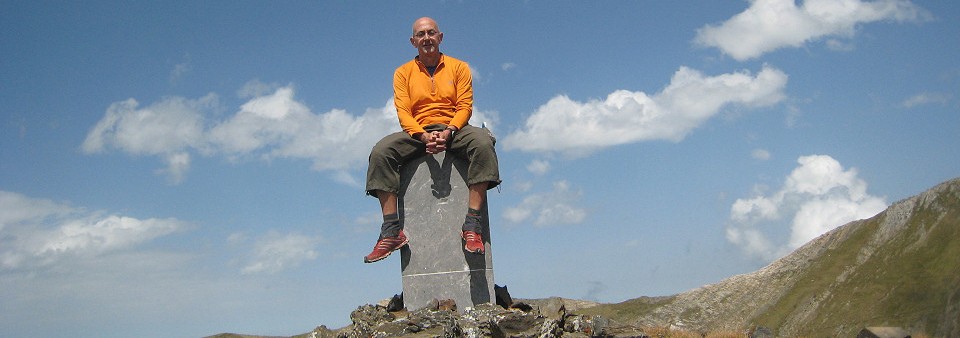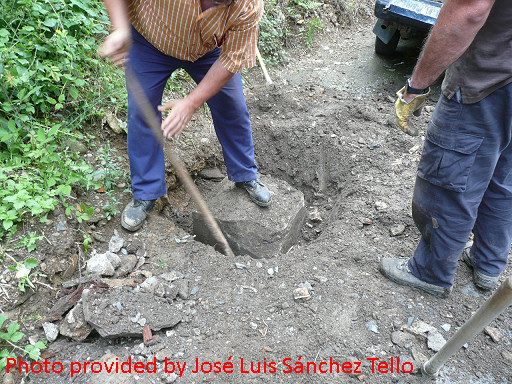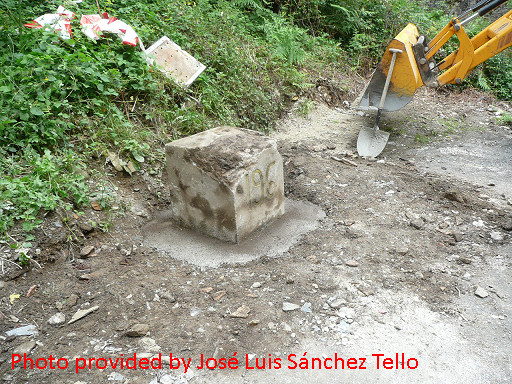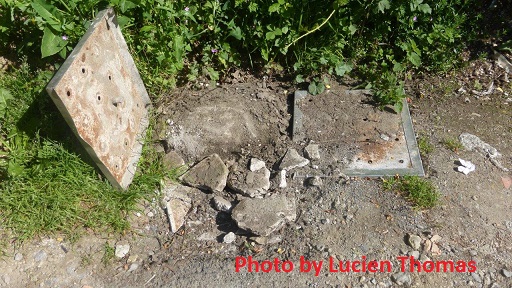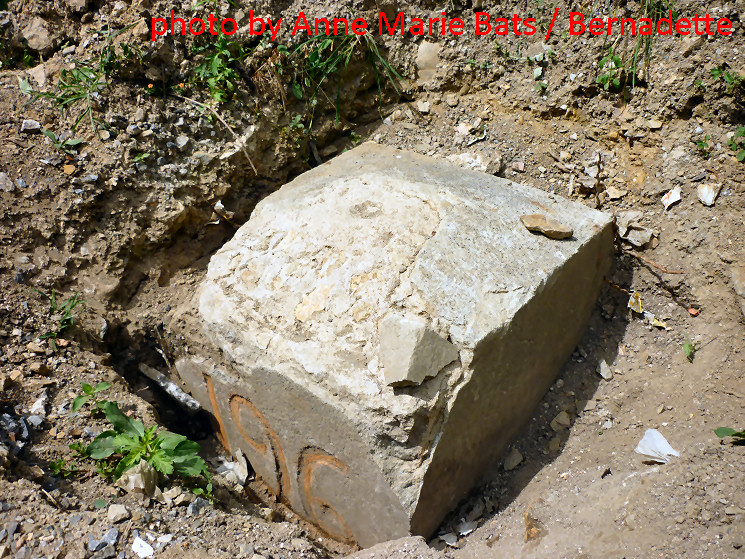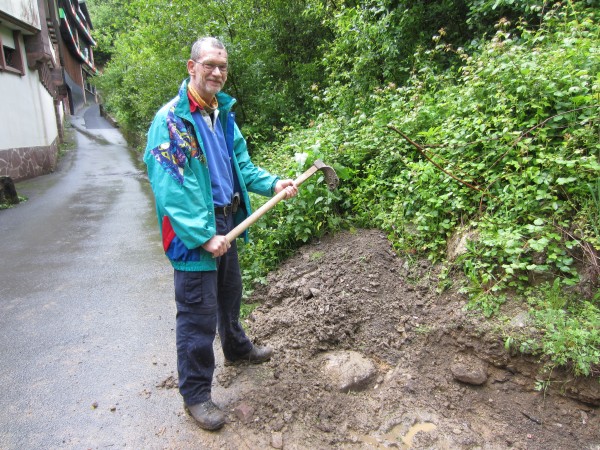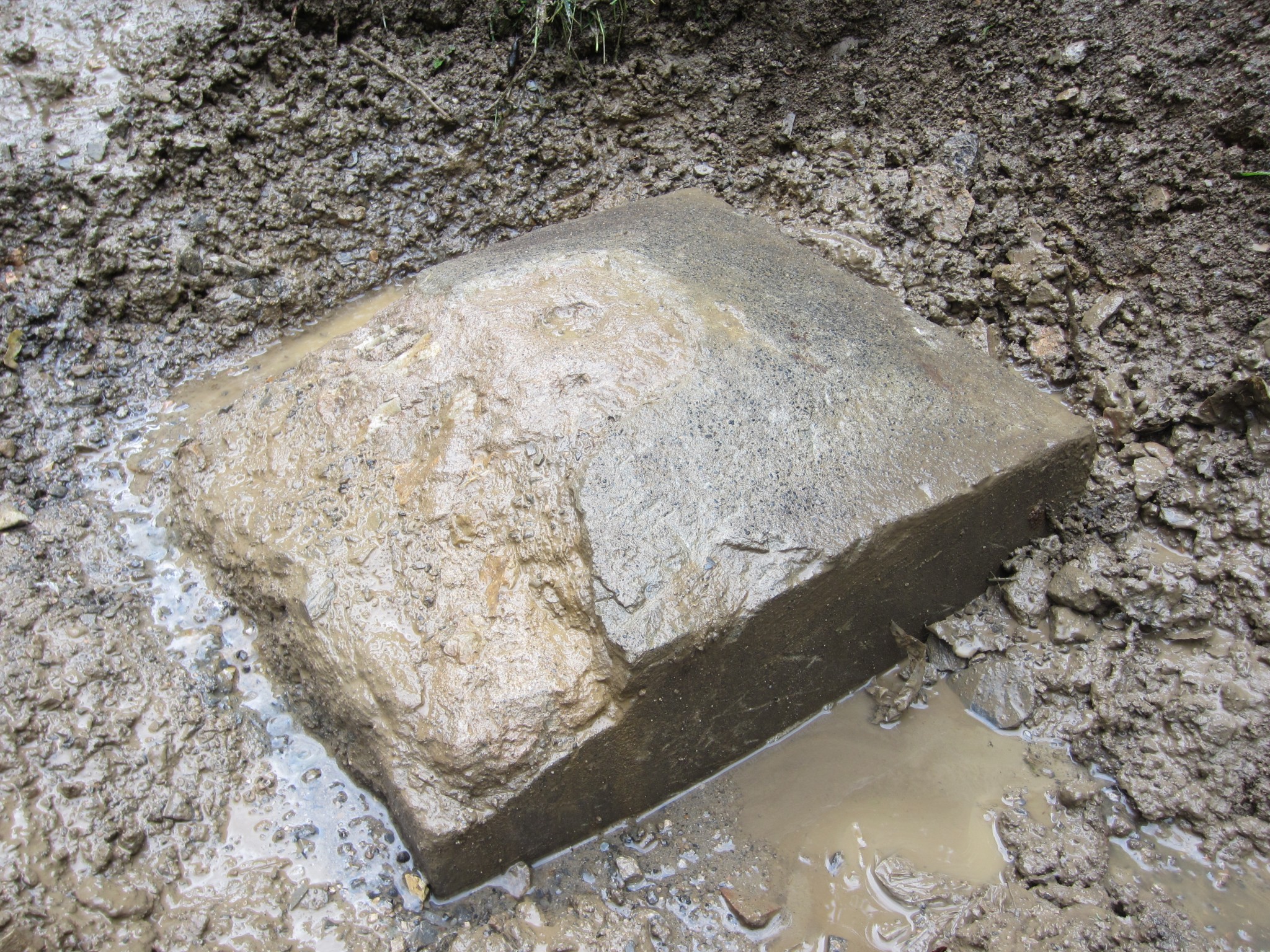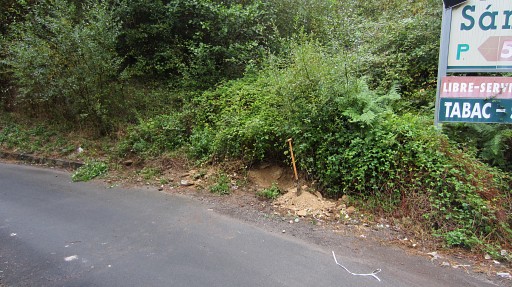This year – on my usual september-trip to the Pyrenean bordermarkers – I had no choice than to visit the recently reinstalled bm196. Last year, Jan-Willem and I excavated this bm which had been underground for 40 years. The authorities then took their responsibility and raised it from its grave a few weeks ago.
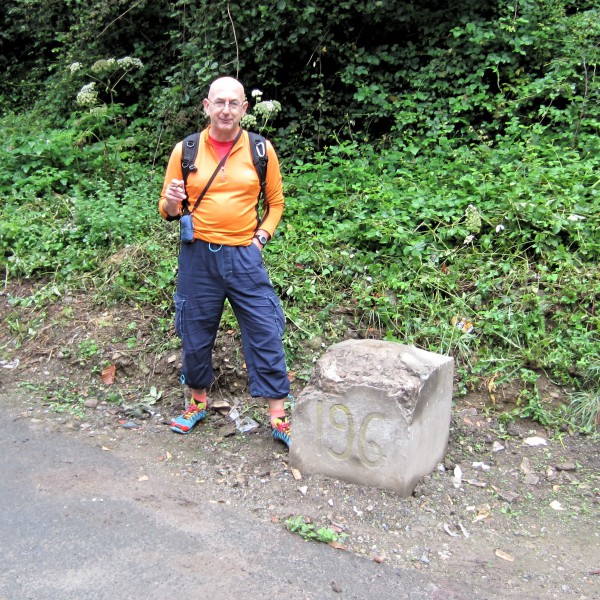
The marker makes a massive impression and the typography of the number is like some markers upon the ridge to the west. It must have been a replacement of a lost original in the ‘grand’ restauration of bordermarkers in the fifties of the 20th century.
